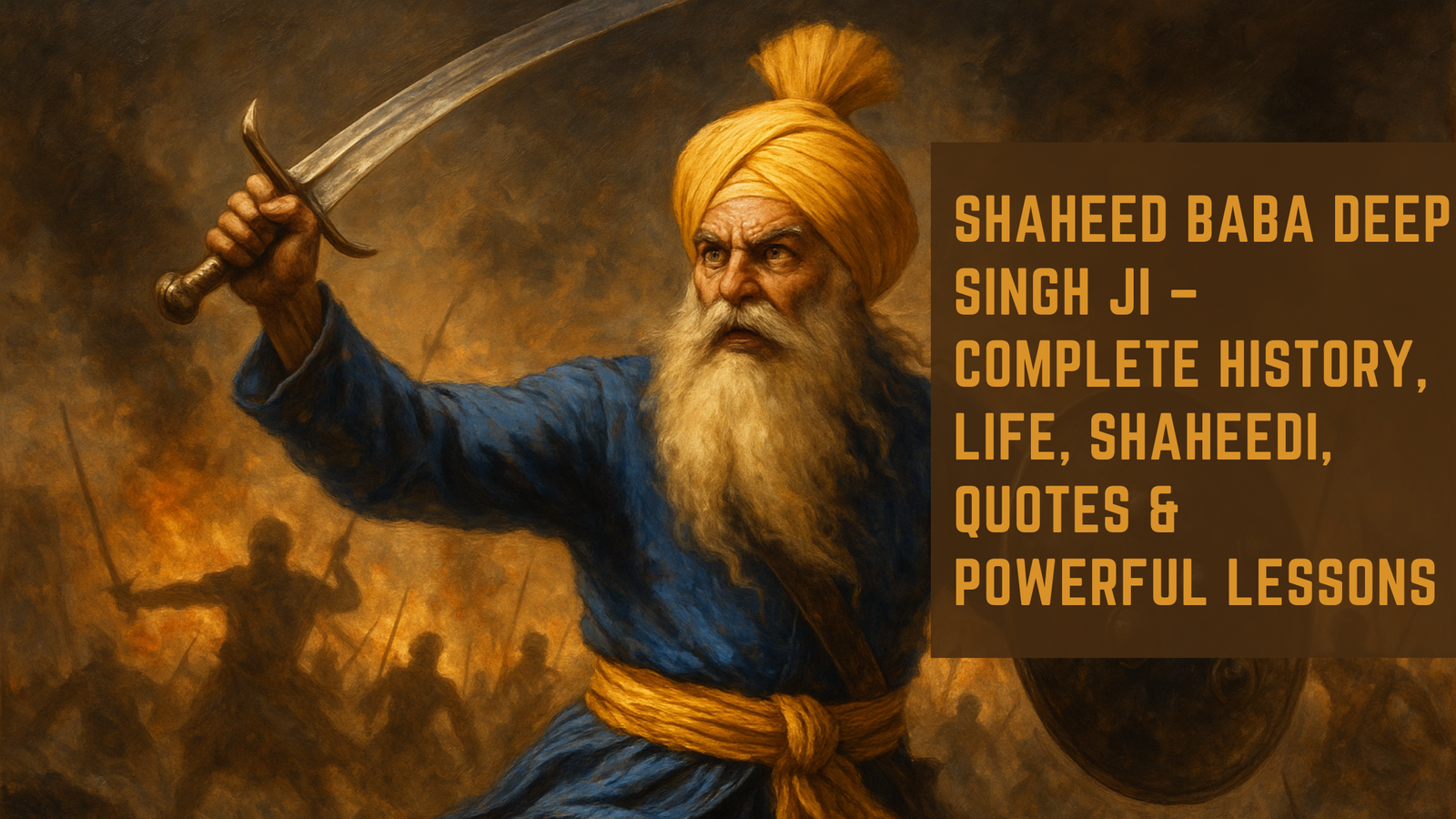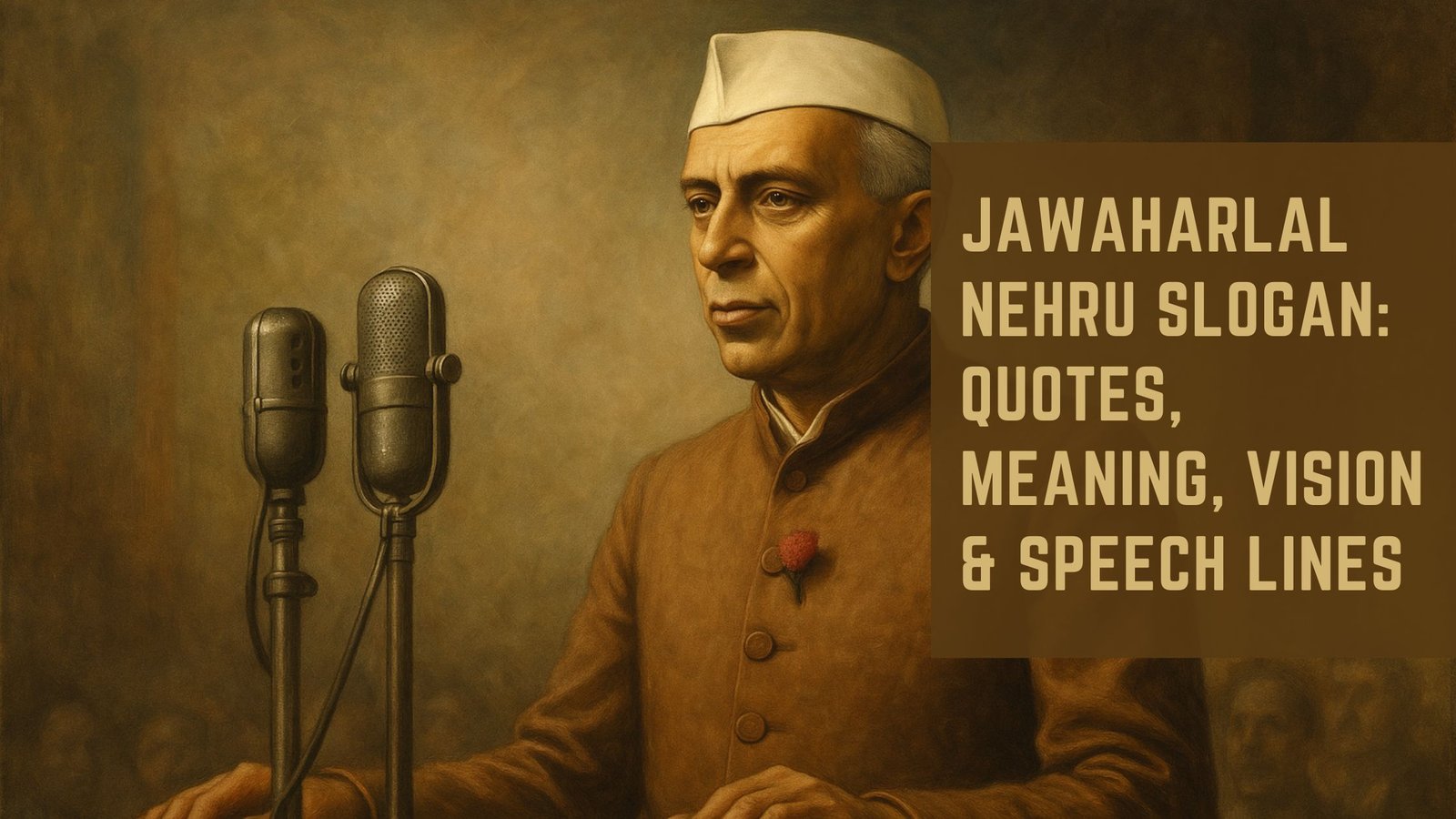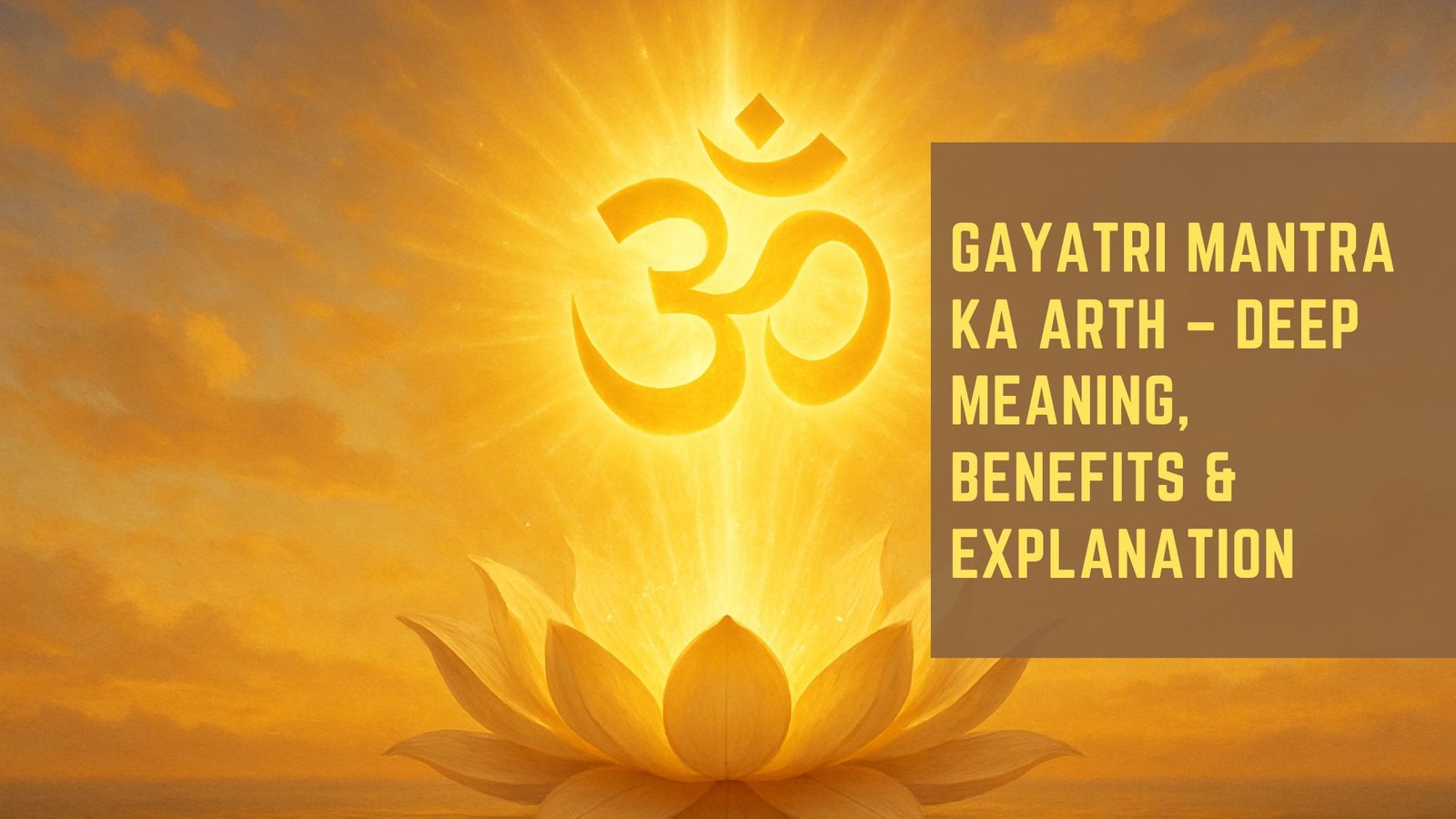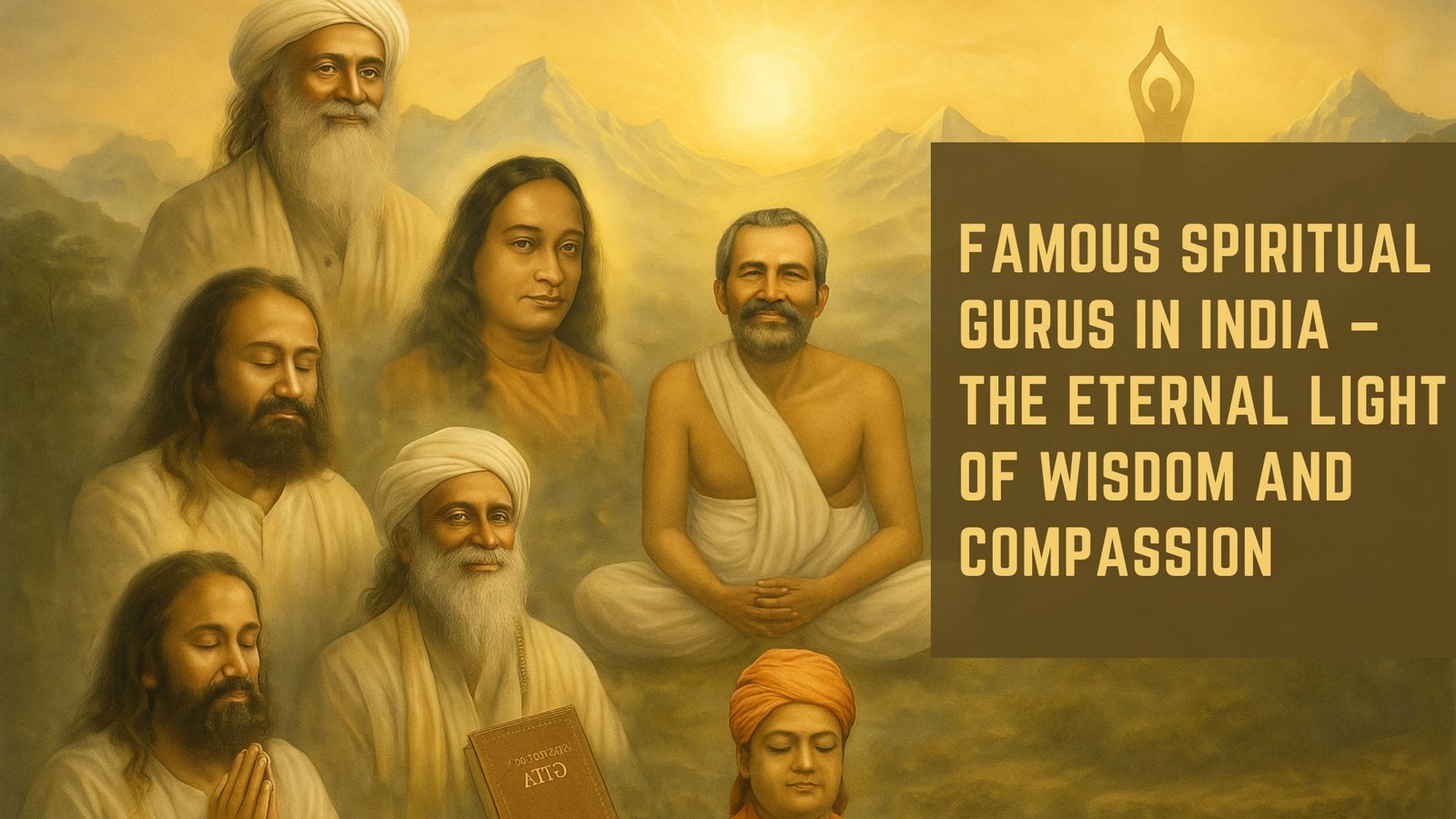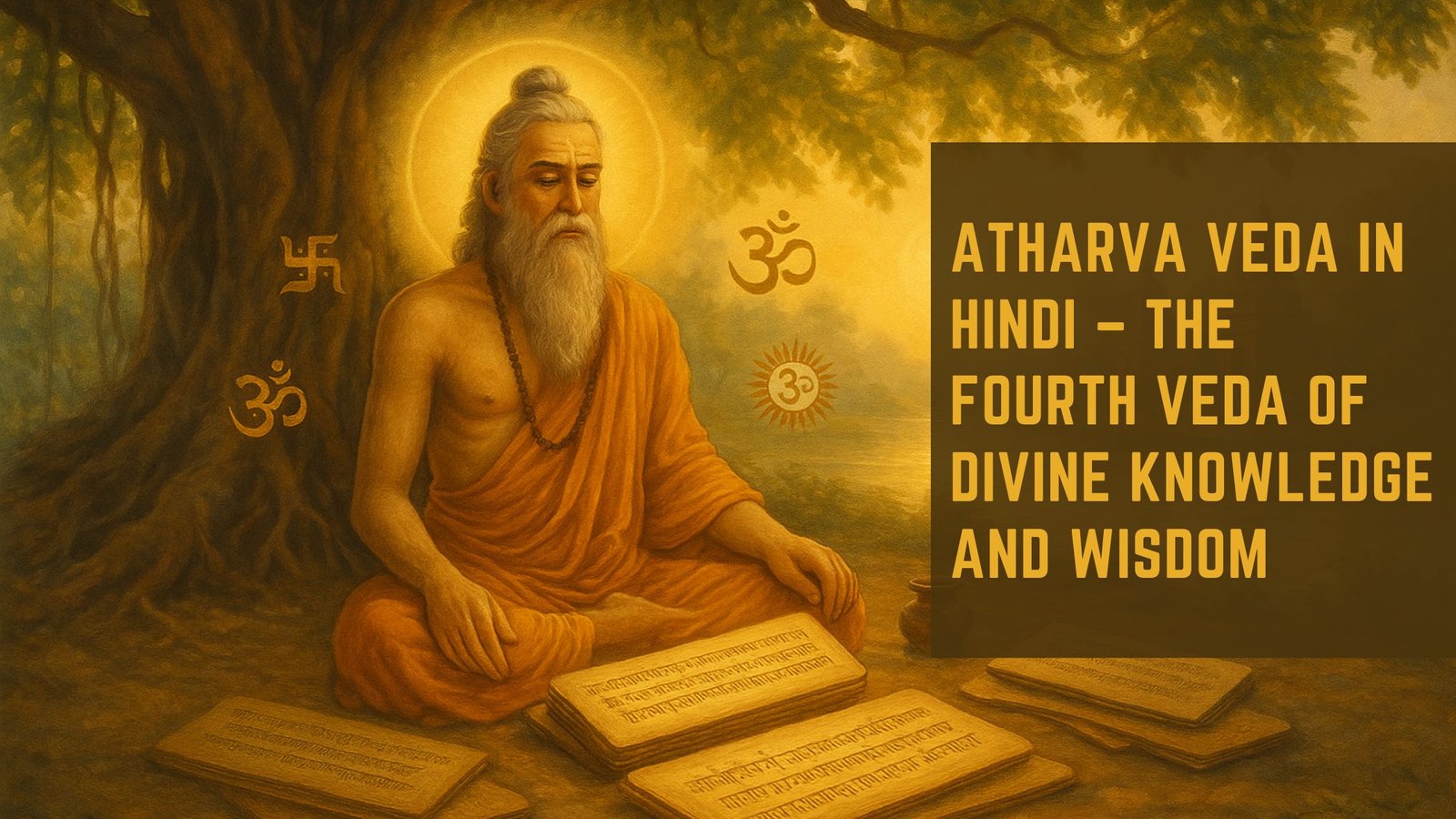The Bhagavad Gita, often referred to simply as the Gita, stands as one of the most revered texts in Hindu philosophy and spirituality. Composed over two millennia ago, this ancient scripture is a dialogue between Prince Arjuna and Lord Krishna, who serves as his charioteer. Set against the backdrop of the Kurukshetra War, the Gita addresses profound questions about duty, righteousness, and the nature of reality.
It encapsulates the essence of human experience, grappling with moral dilemmas and the quest for meaning in life. The text is not merely a religious scripture; it is a philosophical treatise that transcends cultural and temporal boundaries, offering insights that resonate with individuals across various walks of life. The Gita’s significance extends beyond its narrative framework.
It serves as a guide for personal transformation and spiritual awakening. Through its verses, readers are invited to explore their inner selves, confront their fears, and embrace their true nature. The teachings within the Gita have inspired countless seekers, scholars, and spiritual leaders throughout history.
Its wisdom continues to illuminate paths toward self-discovery and enlightenment, making it a timeless source of inspiration for those on a spiritual journey.
Key Takeaways
- The Bhagavad Gita is a sacred Hindu scripture that is part of the Indian epic Mahabharata, and it is a conversation between Prince Arjuna and the god Krishna.
- Paramhansa Yogananda, a renowned spiritual teacher, emphasized the importance of self-realization and the path to spiritual enlightenment as taught in the Bhagavad Gita.
- The essence of the Bhagavad Gita lies in its teachings on duty, righteousness, and the path to liberation through selfless action and devotion to God.
- Self-realization is crucial for understanding one’s true nature and purpose, and it leads to a deeper connection with the divine and a sense of inner peace and fulfillment.
- The path to spiritual enlightenment, as outlined in the Bhagavad Gita, involves practicing self-discipline, meditation, and devotion to God, leading to liberation from the cycle of birth and death.
The Teachings of Paramhansa Yogananda
Paramhansa Yogananda, a prominent spiritual teacher and author of the acclaimed book “Autobiography of a Yogi,” has played a pivotal role in introducing the teachings of the Bhagavad Gita to a global audience. His interpretations emphasize the practical application of the Gita’s wisdom in everyday life. Yogananda’s teachings encourage individuals to cultivate a deep connection with the divine through meditation and self-realization.
He believed that the essence of the Gita lies in its ability to guide individuals toward understanding their true nature and purpose. Yogananda’s approach to the Gita is characterized by a blend of Eastern spirituality and Western practicality. He emphasized that the teachings of the Gita are not confined to any particular religion but are universal truths applicable to all humanity.
By focusing on the importance of inner peace and self-awareness, Yogananda inspired many to embark on their spiritual journeys. His teachings encourage individuals to transcend their limitations and realize their divine potential, echoing the core messages found within the verses of the Bhagavad Gita.
Understanding the Essence of the Bhagavad Gita

At its core, the Bhagavad Gita addresses the fundamental questions of existence: Who am I? What is my purpose? How should I navigate the complexities of life?
The dialogue between Arjuna and Krishna serves as a metaphor for the internal struggles faced by every individual. Arjuna’s initial reluctance to engage in battle symbolizes the human tendency to shy away from difficult choices and confrontations. Krishna’s guidance represents the higher wisdom that encourages individuals to rise above their fears and fulfill their duties with courage and integrity.
The essence of the Gita lies in its teachings on dharma, or righteous duty. It emphasizes that each person has a unique role to play in the grand tapestry of life. By understanding and embracing one’s dharma, individuals can contribute to the greater good while also finding personal fulfillment.
The Gita teaches that true success is not measured by external achievements but by inner harmony and alignment with one’s higher self. This profound understanding invites readers to reflect on their own lives and consider how they can live authentically in accordance with their values and purpose. Source: Encyclopedia Britannica
The Importance of Self-realization
| Aspects of Self-realization | Importance |
|---|---|
| Understanding oneself | Helps in personal growth and development |
| Emotional well-being | Leads to better mental health and stability |
| Self-acceptance | Improves self-esteem and confidence |
| Relationships | Enhances communication and empathy with others |
| Life purpose | Guides decision-making and goal-setting |
Self-realization is a central theme in the Bhagavad Gita, underscoring the significance of understanding one’s true nature beyond societal roles and expectations. The text encourages individuals to look inward and recognize their divine essence, which transcends physical form and worldly attachments. This journey toward self-realization is not merely an intellectual exercise; it requires deep introspection, meditation, and a commitment to personal growth.
In Yogananda’s teachings, self-realization is portrayed as the ultimate goal of human existence. He emphasized that through meditation and spiritual practice, individuals can awaken to their true selves and experience a profound sense of unity with all creation. This realization leads to inner peace, joy, and an unwavering sense of purpose.
By recognizing their divine nature, individuals can navigate life’s challenges with grace and resilience, embodying the principles outlined in the Bhagavad Gita.
The Path to Spiritual Enlightenment
The path to spiritual enlightenment, as illuminated by the Bhagavad Gita, is one of dedication, discipline, and devotion. The text outlines various paths—such as karma yoga (the yoga of action), bhakti yoga (the yoga of devotion), and jnana yoga (the yoga of knowledge)—that individuals can follow based on their inclinations and life circumstances. Each path offers unique insights into how one can cultivate a deeper connection with the divine while fulfilling their responsibilities in the world.
Yogananda’s teachings further elaborate on these paths, emphasizing that they are not mutually exclusive but rather complementary aspects of spiritual growth. He encouraged his followers to engage in selfless service while nurturing their devotion through prayer and meditation. By integrating these practices into daily life, individuals can experience a holistic approach to spirituality that fosters both personal transformation and collective harmony.
The journey toward enlightenment is depicted as an ongoing process of learning, unlearning, and evolving into one’s highest self.
Applying the Bhagavad Gita in Daily Life

The teachings of the Bhagavad Gita are not confined to philosophical discourse; they offer practical guidance for navigating everyday challenges. By applying its principles in daily life, individuals can cultivate resilience, compassion, and clarity in their actions.
This shift in perspective fosters a sense of peace and acceptance amidst life’s uncertainties. Moreover, the Gita encourages individuals to approach their responsibilities with a sense of duty rather than obligation. By recognizing that each action contributes to a larger purpose, individuals can find meaning in even the most mundane tasks.
This mindset transforms daily activities into opportunities for growth and self-discovery. Yogananda’s emphasis on meditation further enhances this practice by providing individuals with tools to center themselves amidst chaos, enabling them to respond thoughtfully rather than react impulsively.
Paramhansa Yogananda’s Interpretation of the Bhagavad Gita
Paramhansa Yogananda’s interpretation of the Bhagavad Gita offers a fresh perspective that resonates with contemporary seekers. He viewed Krishna not only as a divine figure but also as an embodiment of higher consciousness that resides within each individual. This interpretation invites readers to recognize their own potential for divinity and encourages them to cultivate a direct relationship with the divine through personal experience rather than dogma.
Yogananda’s teachings highlight the importance of meditation as a means to access this inner divinity. He believed that through regular practice, individuals could quiet their minds and connect with their higher selves, allowing them to experience the profound truths articulated in the Gita on a deeper level. His emphasis on experiential knowledge aligns with Krishna’s teachings about realizing one’s true nature through direct experience rather than mere intellectual understanding.
Living the Wisdom of the Bhagavad Gita
In conclusion, living the wisdom of the Bhagavad Gita involves embracing its teachings as guiding principles for daily life. The text encourages individuals to embark on a journey of self-discovery, cultivating awareness of their thoughts, actions, and intentions. By integrating its lessons into everyday experiences, individuals can navigate life’s complexities with grace and purpose.
Paramhansa Yogananda’s interpretations further enrich this journey by emphasizing practical application through meditation and self-realization. As seekers strive for spiritual growth, they are reminded that true enlightenment is not an endpoint but an ongoing process of evolution. By embodying the principles outlined in the Bhagavad Gita—such as duty, compassion, and self-awareness—individuals can contribute positively to themselves and society at large.
Ultimately, living in alignment with these timeless teachings fosters a deeper connection with oneself and with others, paving the way for a more harmonious existence rooted in love and understanding.
Paramhansa Yogananda’s explanation of the essence of the Bhagavad Gita can be further explored in the article “Life Lessons from the Gita: Ancient Wisdom for Today” available at this link. This article delves into the timeless teachings of the Gita and how they can be applied to our modern lives, offering valuable insights and guidance. It complements Yogananda’s interpretation by providing a deeper understanding of the ancient wisdom contained in this sacred text.
FAQs
What is the Bhagavad Gita?
The Bhagavad Gita is a 700-verse Hindu scripture that is part of the Indian epic Mahabharata. It is a sacred text of the Hindu religion and is considered one of the most important spiritual classics in the world.
Who is Paramhansa Yogananda?
Paramhansa Yogananda was an Indian yogi and guru who introduced millions of westerners to the teachings of meditation and Kriya Yoga through his book “Autobiography of a Yogi”. He is also known for his interpretation and explanation of the Bhagavad Gita.
What is the essence of the Bhagavad Gita according to Paramhansa Yogananda?
According to Paramhansa Yogananda, the essence of the Bhagavad Gita lies in its teachings on the nature of the self, the purpose of life, and the path to spiritual realization. He emphasizes the importance of selfless action, devotion to God, and the practice of meditation as key elements of the Gita’s teachings.
How does Paramhansa Yogananda explain the teachings of the Bhagavad Gita?
Paramhansa Yogananda explains the teachings of the Bhagavad Gita through his own commentary and interpretation, drawing on his deep understanding of yoga and meditation. He presents the Gita’s teachings in a way that is accessible and relevant to modern spiritual seekers, emphasizing the practical application of its wisdom in everyday life.

